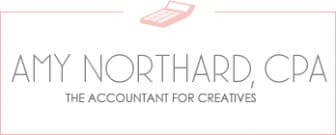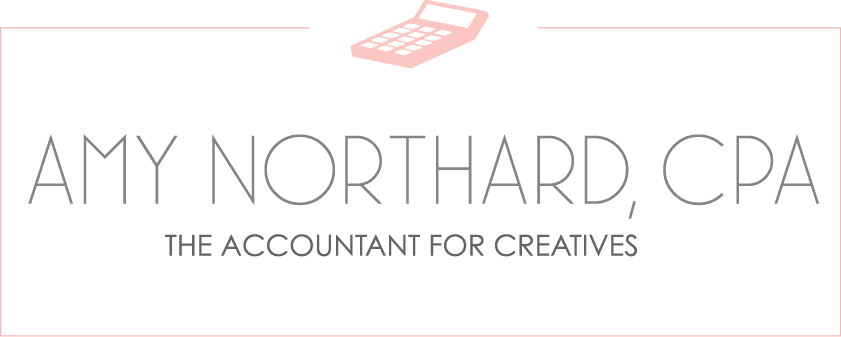You’ve worked hard all month. Your sales are up. You’ve been busy with clients. Lots of orders have been fulfilled. It feels like a pretty successful month in your book.
But then you start looking at your numbers at the end of the month. After taking out the cost of your products and all of your business expenses, you realize you barely have enough to pay yourself a little fun money much less cover your bills at home. You’ve worked yourself to the bone and don’t feel like you have much to show for it. What gives?
Your products and services are the bread and butter of your creative small business. In my last post, we covered 6 steps to calculate how much money your business needs to be profitable. Now let’s make sure your products and services are priced to make that happen!
It doesn’t matter if your business is service based or only products or a combination of both, the profitability test looks the same. The price you charge your customer needs to be more than the product actually costs you to produce. And costs come in the form of money and time.
This all might sound like common sense, but let’s put it to the test and look at your numbers, because we all know the numbers don’t lie!
The Profitability Test
There is no one perfect way to price. I’ve never been a fan of having a set percentage markup for products or a required profit goal for services. Every business is different and so many factors need to be evaluated. That’s why I designed this series of post, to help you make the very best decisions for your business. So let’s walk through a few examples to see this magic in action.
Example – Photographer
You’re a portrait photographer. You sell custom albums with your sessions.
$500 (what you charge the client) – $200 (what it costs you) = $300 (your profit)
While that’s a positive number, let’s break down the time it takes you to create the final album. Let’s say you spend 3 hours editing the images and another 2 hours communicating with the client and designing the album. That’s 5 hours it costs you to get to the final product.
$300 (profit) / 5 hours = $60 an hour
Example – Videographer
You’re a wedding videographer. Your wedding day package costs $3000. This includes 8 hours filming the wedding day and the final edited film on DVD. It takes another 40 hours to edit down to the final video for a total of 48 hours.
$3000 (client package) / 48 hours (to final product) = $62.50 an hour
Example – Etsy Shop Owner
You’re an Etsy shop owner that makes custom jewelry. Your most popular necklace sells for $20. The materials cost you $2 plus processing fees of $1 for a total of $3 in costs.
$20 (customer pays for necklace) – $3 (materials and processing fees) = $17 profit
If it takes you half an hour to make 1 necklace, package it and ship, that means you can make 2 necklaces an hour.
2 necklaces an hour x $17 profit = $34 an hour
Example – Graphic Designer
As a graphic designer, it’s even more important you know how much time your offerings involve. Let’s say you have a $1500 package that includes a branding consult, logo and brand package design and 3 marketing pieces like business cards. You add up the average amount of time you spend with each client to be about 30 hours between emails, phone calls, brainstorming, initial designs and finalizing the final product.
$1500 package / 30 hours = $50 an hour
You’ll Also Need to Consider…
You’re self employed so your profits go to paying your business expenses (this post will help you define those), income taxes (state and federal) and paying yourself.
It’s really important you know your numbers, because a large part of your profits won’t go in your pocket. So we need to evaluate if your current pricing is sustainable. If not, you either need to increase your prices or decrease the amount of time it takes to create your product, so you can produce more. The goal is to create prices and profit goals that support your business and lifestyle even after all the bills and taxes are paid!
If you are not tracking your time on client projects, you need to start today. It’s amazing how much time in a day slips away doing client calls, following up on a project, or just perfecting one last detail. You might be amazed to find out how much time you’re actually spending on a project versus how much you estimate you spend on a project.
There are many tools to help you track your time accurately, however I recommend Hubstaff – they offer a robust time tracking service along with a host of other tools (timesheets, invoicing, budgeting, scheduling, monitoring, etc.).
So Now What?
It’s time to put your individual products and services to the test! Make sure you snag your free Profitability Test Cheat Sheet below. Print it out as many times as you need to test all of your products and services. It’ll be super important to have these complete for the next post. We’re going to set sales goals with all of your products and services to make sure you’re making plenty of money in your business.

